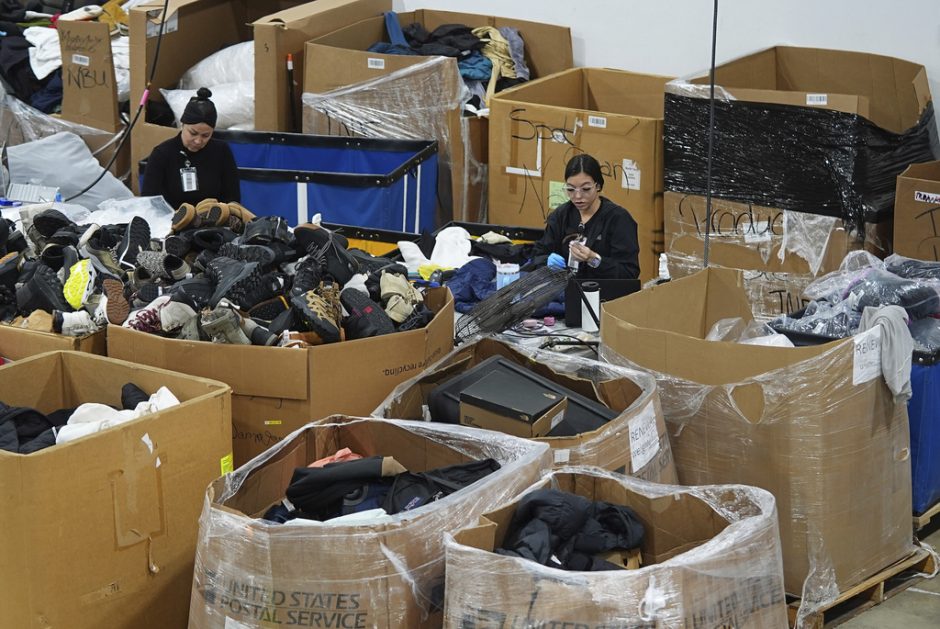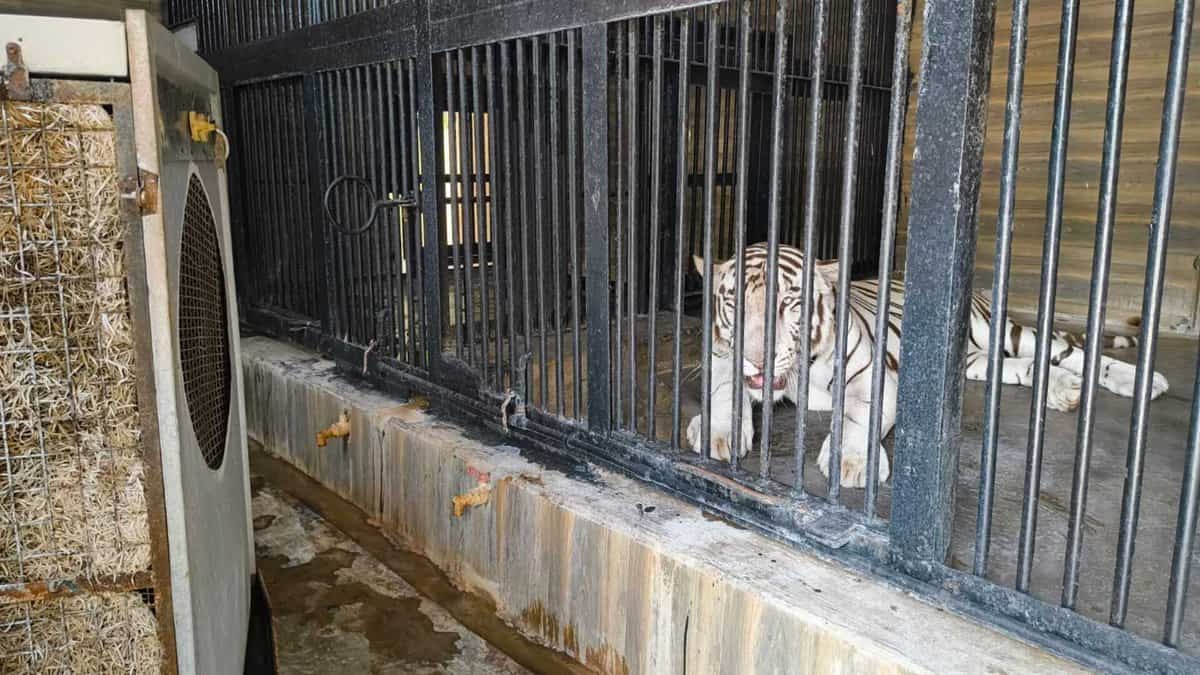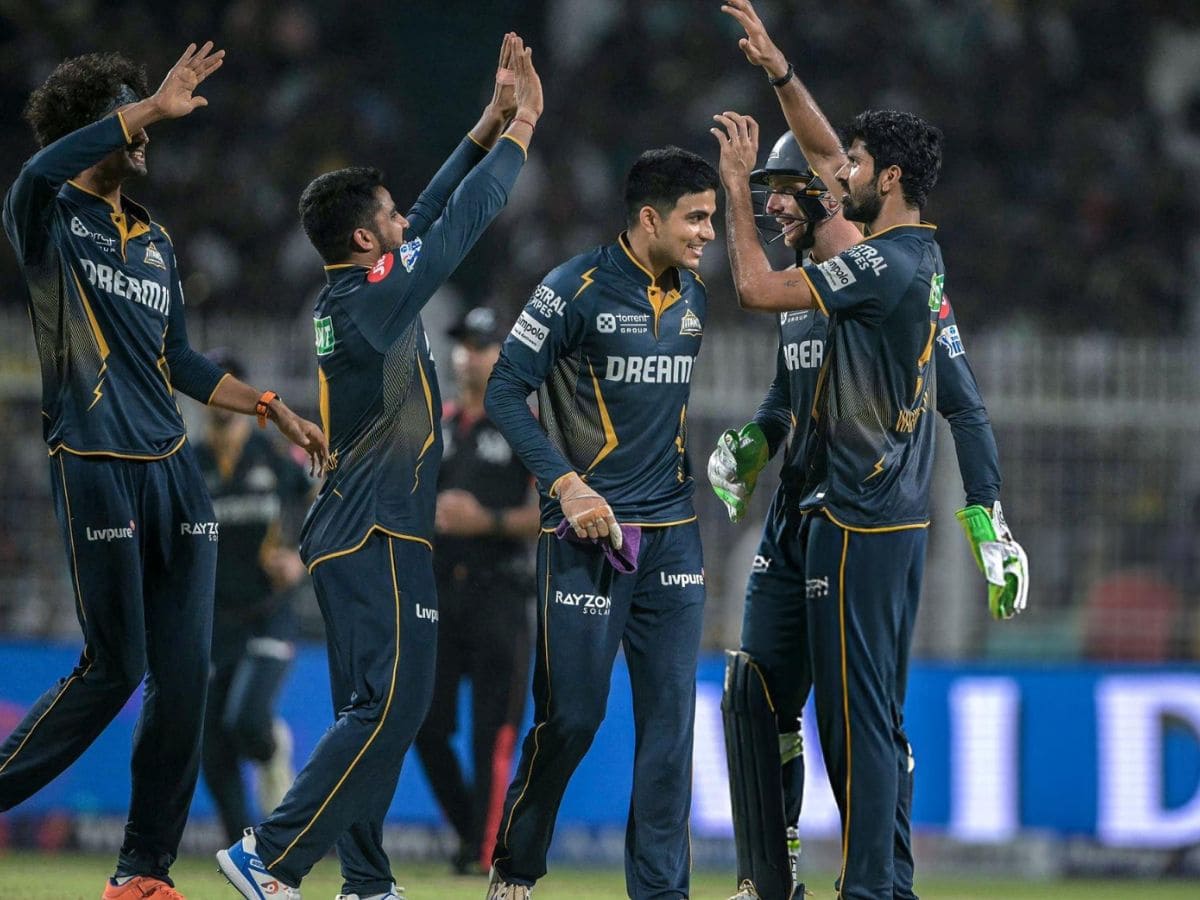The 26 deaths are a human tragedy—families torn apart, dreams shattered. A Navy officer and an IB official among the victims highlight the attack’s audacity.
On April 22, 2025, terror struck the serene Baisaran meadow in Pahalgam, Jammu and Kashmir, shattering its nickname, “Mini Switzerland.” Around 2:30 PM, 3–6 terrorists, armed with AK-47 rifles, opened fire on tourists enjoying picnics and pony rides. The Resistance Front (TRF), a proxy of Pakistan-based Lashkar-e-Taiba (LeT), claimed responsibility, killing 26 people—24 Indian tourists from states like Karnataka, Maharashtra, and Uttar Pradesh, two foreigners from Nepal and the UAE, and injuring over 20 others, including an Indian Navy officer and an Intelligence Bureau official. This was Kashmir’s deadliest attack since the 2019 Pulwama bombing, made even more shocking as it happened during US Vice President JD Vance’s visit to India. The tragedy raises a painful question: How did our security system fail so badly, and what must we do to prevent such horrors?
A Planned Attack in Broad Daylight
The attackers, including Pakistani nationals, likely crossed the Indo-Pak border from Kishtwar to Kokernag, reaching Baisaran meadow, 6 km from Pahalgam’s main town. The 3,323-km border, with its rugged mountains and dense forests, is tough to guard, even with India’s 1.45 million-strong military and 265,000 Border Security Force (BSF) personnel. Fences, drones, and CCTV help, but terrorists exploit gaps, using tunnels and local networks. This infiltration shows why making the border “terror-proof” is so hard, especially when Pakistan’s ISI allegedly supports groups like TRF. The attack’s timing, during Vance’s visit, suggests TRF wanted global attention, aiming to embarrass India and scare tourists away from Kashmir, a key source of jobs and hope.
Where Our Security Stumbled
The Pahalgam attack exposes gaps in our intelligence and security systems. First, our agencies, like the Intelligence Bureau (IB) and Research & Analysis Wing (R&AW), may have missed local clues about TRF’s plans. Getting reliable information from people in Kashmir is tough—fear of militants and lack of trust make it hard to build sources. Second, our technology, like phone intercepts and cameras, didn’t catch the terrorists’ movements. TRF uses secret apps to hide their plans, and we need better tools to crack these codes. Third, coordination between J&K Police, Army, CRPF, and central agencies seems weak. Did they share warnings in time? Reports suggest some intelligence existed, but it wasn’t acted on fast enough.
The timing adds another worry. With Vance in Jaipur and PM Narendra Modi in Saudi Arabia, security was tight elsewhere. Did this create blind spots in Kashmir? Pahalgam, a tourist hub and Amarnath Yatra base, should have had extra guards, especially after Pakistan’s Army Chief Asim Munir called Kashmir their “jugular vein” days before. TRF’s small, local cells, using rifles instead of bombs, are hard to spot until they strike. This attack shows we underestimated their boldness.
The Cost of Failure
The 26 deaths are a human tragedy—families torn apart, dreams shattered. A Navy officer and an IB official among the victims highlight the attack’s audacity. Kashmir shut down in protest the next day, with newspapers printing black front pages, showing the valley’s grief. Tourism, Kashmir’s lifeline, faces a crisis as visitors flee, hurting local livelihoods. Vance, Modi, and world leaders like Donald Trump condemned the attack, but words alone won’t heal the wounds. Modi cut short his Saudi trip, and Home Minister Amit Shah visited Pahalgam, promising justice. But the attack’s success has shaken public trust in our security.
Steps to Fix the System
We can’t bring back the lives lost, but we must act to stop future attacks. Here’s what India needs:
- Investigate the Failure : A high-level probe must find out why intelligence wasn’t acted on and where coordination failed.
- Strengthen Local Networks: Build trust with Kashmiris to get better local information, protecting those who help security forces.
- Upgrade Technology: Use AI and advanced surveillance to track terrorists’ secret communications and movements.
- Improve Teamwork: Ensure J&K Police, Army, CRPF, IB, and R&AW work as one, sharing every clue instantly.
- Protect Soft Targets: Guard tourist spots like Pahalgam with more patrols and quick-response teams, especially during big events.
- 6. Tackle the Source: Push Pakistan to stop supporting terror groups, using global pressure and talks.
A Wake-Up Call
The Pahalgam attack is a stark reminder that terrorism in Kashmir is still a threat. The 26 lives lost demand more than promises—they need action. Our intelligence and security systems must learn from this failure, fix the gaps, and stay ahead of groups like TRF. Pahalgam’s beauty must not be stained by blood again. We owe it to the victims, to Kashmir, and to India to make our defence unbreakable.
( The author Girish Linganna of this article is an award-winning Science Writer and a Defence, Aerospace & Political Analyst based in Bengaluru. He is also Director of ADD Engineering Components, India, Pvt. Ltd, a subsidiary of ADD Engineering GmbH, Germany. You can reach him, at: girishlinganna@gmail.com )

















































